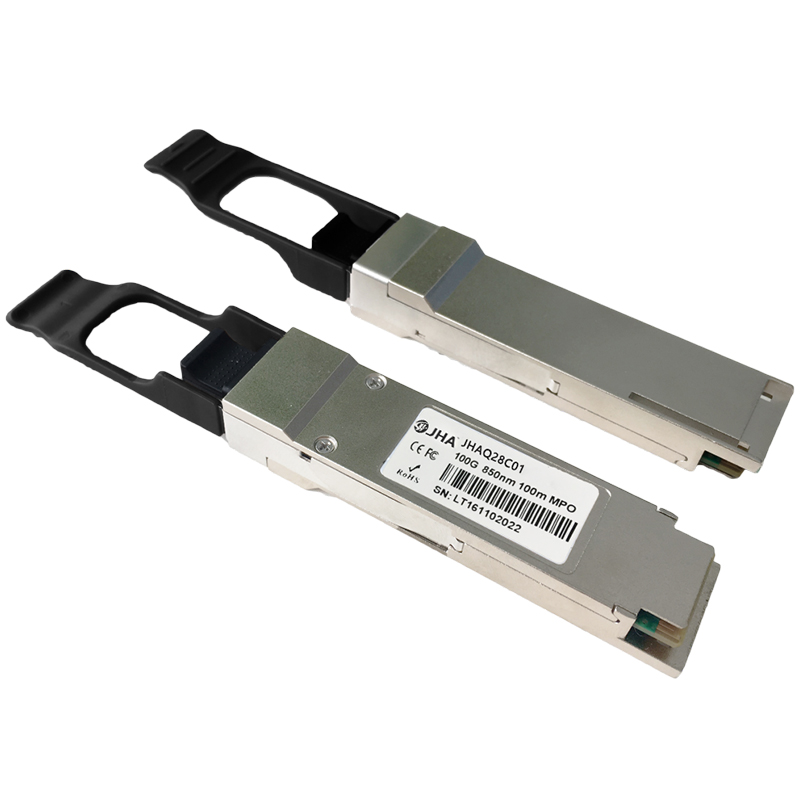In the summary of modern information networks, optical fiber communication occupies a dominant position. With the increasing coverage of the network and the continuous increase of communication capacity, the improvement of communication links is also an inevitable development. Optical modules realize optoelectronic signals in optical communication networks. The conversion is one of the main components of optical fiber communication. However, we usually talk about optical modules. So, what are the parameters of optical modules?
After years of development, optical modules have greatly changed their packaging methods. SFP, GBIC, XFP, Xenpak, X2, 1X9, SFF, 200/3000pin, XPAK, QAFP28, etc. are all optical module packaging types; while low-speed , 100M, Gigabit, 2.5G, 4.25G, 4.9G, 6G, 8G, 10G, 40G, 100G, 200G and even 400G are the transmission rates of optical modules.
In addition to the above common optical module parameters, there are the following:
1. Center wavelength
The unit of the center wavelength is nanometer (nm), currently there are three main types:
1) 850nm (MM, multi-mode, low cost but short transmission distance, generally only 500m transmission);
2) 1310nm (SM, single mode, large loss but small dispersion during transmission, generally used for transmission within 40km);
3) 1550nm (SM, single-mode, low loss but large dispersion during transmission, generally used for long-distance transmission above 40km, and the farthest can be directly transmitted without relay for 120km).
2. Transmission distance
Transmission distance refers to the distance that optical signals can be directly transmitted without relay amplification. The unit is kilometers (also called kilometers, km). Optical modules generally have the following specifications: multi-mode 550m, single-mode 15km, 40km, 80km, 120km, etc. Wait.
3. Loss and dispersion: Both mainly affect the transmission distance of the optical module. Generally, the link loss is calculated at 0.35dBm/km for the 1310nm optical module, and the link loss is calculated at 0.20dBm/km for the 1550nm optical module, and the dispersion value is calculated Very complicated, generally for reference only;
4. Loss and chromatic dispersion: These two parameters are mainly used to define the transmission distance of the product. The optical transmission power and receiving sensitivity of optical modules of different wavelengths, transmission rates and transmission distances will be different;
5. Laser category: At present, the most commonly used lasers are FP and DFB. The semiconductor materials and resonator structure of the two are different. DFB lasers are expensive and are mostly used for optical modules with a transmission distance of more than 40km; while FP lasers are cheap , Generally used for optical modules with a transmission distance of less than 40km.
6. Optical fiber interface: SFP optical modules are all LC interfaces, GBIC optical modules are all SC interfaces, and other interfaces include FC and ST, etc.;
7. The service life of the optical module: the international uniform standard, 7×24 hours of uninterrupted work for 50,000 hours (equivalent to 5 years);
8. Environment: Working temperature: 0~+70℃; Storage temperature: -45~+80℃; Working voltage: 3.3V; Working level: TTL.
Post time: Jan-13-2022






